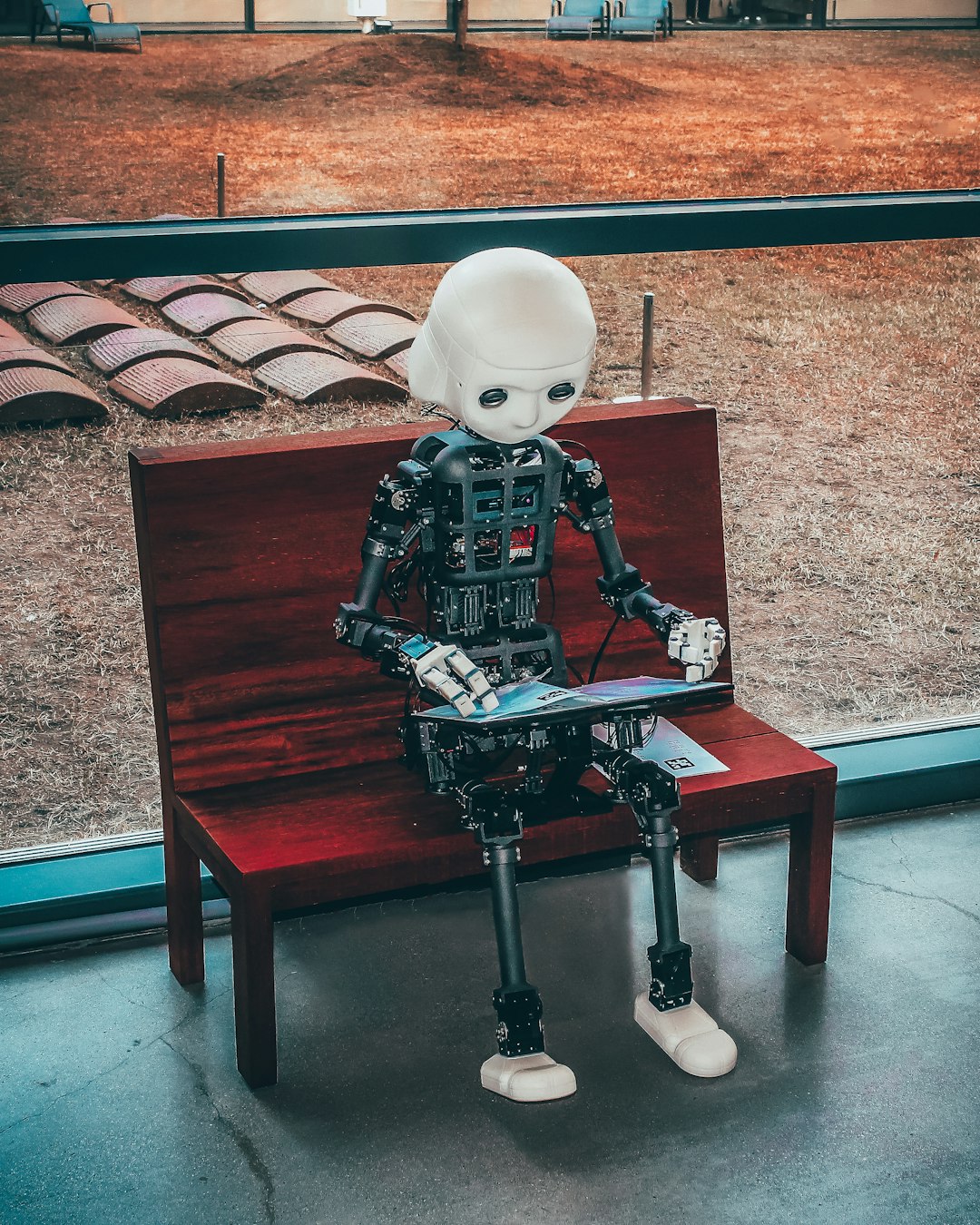
AIPowered User Interfaces Elevating Scalability to New Heights
In today’s fast-paced digital landscape, businesses are continually seeking ways to enhance their user experience, streamline operations, and scale their services efficiently. The advent of AI-powered user interfaces (UIs) has opened a world of possibilities, enabling organizations to elevate scalability while maintaining a high standard of user engagement. This article explores the current developments, emerging trends, and practical applications of AI-powered UIs, showcasing their pivotal role in transforming how businesses interact with their customers.
Understanding AI-Powered User Interfaces
AI-powered user interfaces combine traditional UI design principles with artificial intelligence technologies to create interfaces that can learn, adapt, and respond intelligently to user behaviors. These interfaces leverage machine learning, natural language processing, and predictive analytics to deliver personalized experiences that scale effortlessly.
Current Developments in AI-Powered UIs
Recent advancements in AI algorithms have significantly improved the capabilities of user interfaces. For instance, conversational agents, such as chatbots and virtual assistants, have become increasingly sophisticated. They can now understand context, manage complex queries, and provide users with tailored responses. This level of interaction not only enhances user satisfaction but also reduces the workload on human support teams, allowing businesses to scale their operations without compromising service quality.
Emerging Trends
-
Personalization at Scale: AI-powered UIs can analyze vast amounts of user data to deliver personalized content and recommendations. This tailored approach not only improves user engagement but also drives conversion rates. Brands like Netflix and Amazon utilize AI to analyze user preferences and deliver curated experiences, thereby enhancing their scalability.
-
Voice-Activated Interfaces: With the rise of smart devices, voice-activated UIs are gaining traction. AI technologies enable these interfaces to understand and process natural language, allowing users to interact seamlessly with applications. Companies like Google and Apple are at the forefront of this trend, leveraging voice recognition to enhance user accessibility and convenience.
-
Predictive Analytics: By analyzing user data patterns, AI-powered UIs can predict future behaviors and preferences, enabling businesses to proactively address user needs. For instance, e-commerce platforms can suggest products based on previous purchases, thus optimizing the shopping experience and increasing scalability.
Practical Applications and Case Studies
The impact of AI-powered UIs can be seen across various industries. For example, in the healthcare sector, AI-driven interfaces facilitate patient engagement through personalized health management apps. These apps not only provide tailored recommendations but also allow healthcare providers to monitor patient progress, thereby enhancing scalability in service delivery.
In retail, companies like Sephora utilize AI-powered chatbots to guide customers through their shopping journey. The chatbot can recommend products based on user preferences and past purchases, significantly improving the customer experience while allowing Sephora to manage a high volume of inquiries without increasing staff.
Expert Opinions
According to industry experts, “AI-powered interfaces are not just about automation; they’re about creating an adaptive environment that enhances user interaction.” This perspective underscores the importance of integrating AI technologies into user interfaces to foster scalability and improve overall efficiency.
Further Reading and Resources
To delve deeper into the world of AI-powered user interfaces, consider exploring the following resources:
- AI in User Experience: A Guide to Modern UI Design
- The Future of Conversational Interfaces
- How AI is Transforming the Retail Industry
Conclusion
AI-powered user interfaces are revolutionizing the way businesses scale their operations while enhancing user experience. By leveraging advanced AI technologies, organizations can create adaptive, personalized, and efficient interfaces that not only meet user expectations but exceed them. As this technology continues to evolve, it promises to unlock even greater potential for scalability across various sectors.
As you explore the exciting world of AI-powered UIs, consider experimenting with tools and platforms that allow you to integrate AI capabilities into your projects. Don’t forget to share this article with colleagues and friends interested in technology trends, and subscribe to relevant newsletters to stay updated on the latest innovations.
Glossary
- UI (User Interface): The point of interaction between users and a digital device or application.
- Machine Learning: A subset of AI that involves training algorithms to recognize patterns in data.
- Natural Language Processing (NLP): A field of AI that focuses on the interaction between computers and humans through natural language.
By understanding and implementing AI-powered user interfaces, businesses can not only keep pace with technological advancements but also ensure they are well-positioned for future growth and success.


